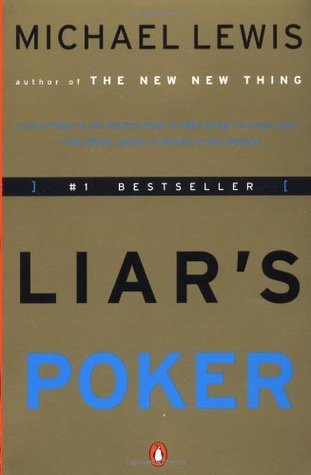
The Big Short: Inside the Doomsday Machine
Book Description
Money, power, and impending disaster collide in a high-stakes showdown that rattled the world. "The Big Short: Inside the Doomsday Machine" unveils the shocking true story of a handful of outsiders who dared to challenge a system built on fragile foundations. As the housing market crumbles, their breathless pursuit of profit leads to an explosive confrontation with Wall Street's elite. With each chapter, deception and greed unfold like a suspenseful thriller, revealing secrets that could change everything. Who will seize the moment, and what will it cost them? Dare to step inside the machine and discover the chaos lurking beneath the surface.
Quick Book Summary
Michael Lewis’s "The Big Short: Inside the Doomsday Machine" exposes the story behind the 2008 financial crisis by focusing on a handful of unlikely outsiders who saw the collapse coming. These contrarian investors—eccentric fund managers, skeptical analysts, and persistent traders—recognized the flaws at the core of the booming housing market and the risky mortgage-backed securities endorsed by Wall Street. As they bet against a system fueled by greed, ignorance, and complex financial instruments, their actions ultimately brought to light the catastrophic fragility underpinning global finance. Through vivid storytelling, Lewis not only unravels the technical intricacies of the crisis but also introduces memorable individuals who foresaw disaster and profited by daring to defy the consensus, changing both their own lives and the fate of the world economy.
Summary of Key Ideas
Table of Contents
The Dangers of Financial Innovation and Derivatives
The Big Short begins by painting a landscape of exuberance and complacency on Wall Street in the early 2000s, where banks and financial institutions gorge on mortgage lending and risky investments. Innovations like mortgage-backed securities and collateralized debt obligations enable banks to feel invulnerable, dismissing the underlying risks of subprime lending. The widespread embrace of these complex products, driven by short-term profits, sows the seeds for disaster. Few comprehend the sprawling nature of these instruments, while even fewer recognize how interconnected and unstable the system is as housing prices soar.
Outsiders Who Challenged Conventional Wisdom
In this chaotic environment, a small group of outsiders—a neurologist-turned-hedge-fund-manager Michael Burry, cynical trader Steve Eisman, Deutsche Bank’s Greg Lippmann, and the young founders of Cornwall Capital—begin to scrutinize the fundamentals others ignore. They dig into the actual loans backing supposedly safe securities and are shocked by the fraud, lax standards, and outright delusions propping up the housing bubble. Betting against the market with the creation of credit default swaps, they face ridicule from their peers but remain convinced of impending collapse.
Systemic Failures and Regulatory Blindness
Lewis meticulously details how these financial instruments, trumpeted as revolutionary, become vehicles for unchecked complexity and opacity. Rating agencies, corrupted by conflicts of interest, rubber-stamp subprime derivatives with triple-A ratings. Incentives across the industry—from mortgage brokers to institutional investors—reward short-term gain while obscuring long-term catastrophe. Regulators, often lacking expertise or courage, fail to intervene, leaving loopholes that enable dangerous behavior to continue unchecked. The entire system becomes perilously fragile, a house of cards awaiting a trigger.
Greed, Incentives, and Moral Hazard
As waves of mortgage defaults begin and the housing bubble bursts, the implosion of the financial sector reveals just how little almost anyone, including the industry’s leaders, truly understood. Lewis shows how ordinary people, governments, and even global economies are affected by the greed and myopia of a few. The book depicts a mix of vindication and discomfort for those who profited from the collapse, as they watch the world unravel while knowing they alone acted on the truth.
The Personal Costs of Seeing What Others Ignore
Beyond recounting individual dramas and financial trickery, Lewis explores the broader cultural and systemic failures behind the crash. The Big Short forces readers to confront the perils of financialization, the dangers of unchecked innovation, and the chilling reality that disaster can arise when incentives obscure ethics. The book ends as a warning: unless the structural issues underlying markets and incentives are addressed, history may indeed repeat itself.
Download This Summary
Get a free PDF of this summary instantly — no email required.





